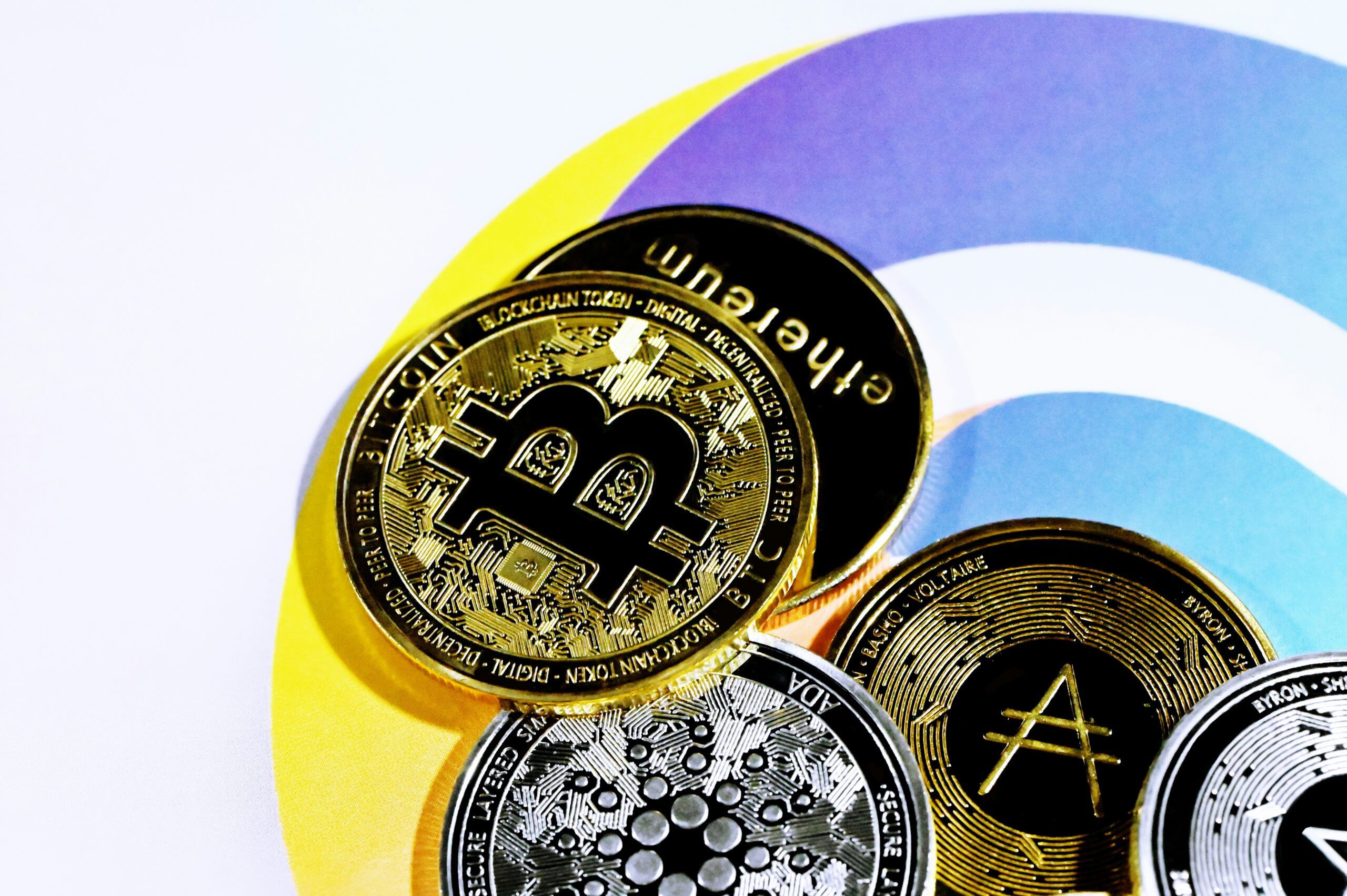
In the Crypto World Are Stablecoins About To Become Mainstream?
In the cryptocurrency arena, a stablecoin is a digital asset where the value is pegged to a fiat currency such as the US Dollar, the Euro, or the sterling pound. They can also be linked to other assets such as gold and other precious commodities. However, the preferred medium is as previously mentioned, a hard fiat currency thereby keeping its value on a daily basis and not being subject to volatility as can be seen in many other digital cryptocurrencies. Indeed, the stablecoin is being backed by White House and in particular by President Donald Trump and is gaining traction in a number of boardrooms across America. Interestingly a stablecoin launched by Donald Trump’s World Liberty Financial crypto venture, is being used by an Abu Dhabi investment firm for its USD 2 Billion investment into crypto exchange Binance.
Today there are rumours circulating that Bank of America, Uber, Amazon, and Walmart, are thinking about issuing their own stablecoins, whilst PayPal have already issued their own stablecoin PYUSD, which currently has an average daily turnover of circa USD 13.8 Million, (data from CoinMarketCap). Elsewhere, other banks and payment companies such as Mastercard and Visa are starting partnerships and investments to become part of the growing stablecoin mania and as far back as early December 2023, AXA Investment managers announced it had completed its first market transaction using stablecoins. So, what is the driving force propelling stablecoins towards the mainstream?
Proponents of stablecoins suggest that moving the processing of payments outside the global arena, (currently dominated by banks, Visa and Mastercard) may well make such processing cheaper, and the use of stablecoins will allow businesses and their clients/customers to bypass fees* charged by the payment networks. Furthermore, such proponents also suggest that companies/institutions that create their own stablecoins will help protect consumers while at the same time ensuring that the coins are easily redeemable. Regulators have already said that stablecoins must be backed on a one-to-one basis by liquid assets such as treasuries in America, or Gilts in the UK, or gold, or cash.
*Fees – Whenever a customer uses a bank card, it is subject to a transaction charge known as an interchange fee which covers processing costs as well as giving protection against fraud and other risks. The rates for fees are set by the payment networks and can vary from country to country, and data shows that the banks get the lion’s share of the fees which in 2023 for America alone totalled USD 224 Billion.
Donald Trump and his administration are very much in favour of stablecoins and in order to ensure everything moves forward in a proper manner they have created the “Genius Act”. The details of this act are currently being finalised and it will create a regulatory framework whilst at the same time giving the go ahead for banks to enter the stablecoin market. However, stablecoins do have their detractors and among them are central banks who say the coins are a poor substitute for money and whilst they are backed by assets recognised by regulators and the financial markets, they currently still need to be converted into fiat cash for utilisation in many day-to-day transactions. Stablecoins therefore fail as a useable currency as according to central banks the coins fail a crucial test generally referred to as the “Singleness of Money”*.
*Singleness of Money – The BIS (Bank for International Settlements) the BOE (Bank of England) and other central banks and regulators in major capitals of the world have recently expressed doubts over stablecoins as they may undermine the “Singleness of Money”. They define singleness as the principle that all different forms of money must have the same value at all times and be interchangeable at par without cost. Furthermore, the central banks and regulators have pointed out that stablecoins which currently circulate outside of the traditional payment systems trade on secondary markets as bearer instruments, can experience disparities from their pegged value and deviate in purchasing power from their pegged currency.
Other detractors suggest that the payment systems already in place are competitive, highly sophisticated with anti-fraud measures already built into the systems. Furthermore, credit card users are very protective of the “perks” or rewards they get with using their cards such as airmiles, with some experts suggesting that card users will be loath to lose their rewards. Be that as it may, analysts suggest that stablecoins will find their place in society and the financial markets especially in the United States which includes the backing of the President, Donald Trump.
You may also like
- The Bank of Japan Raises Interest Rates to Their Highest Level in 30 Years
- European Central Bank Holds Interest Rates
- Decoding the Fine Print: Key Terms in a Loan Agreement Every Director Should Know
- Unlock Global Trade: Your Guide to Cash Flow Lending for High-Volume Importers
- Managing Construction Costs: What is a Peak Debt Facility and How to Fund It

Other facilities
IntaCapital Switzerland | Copyright © 2025 | All Rights Reserved